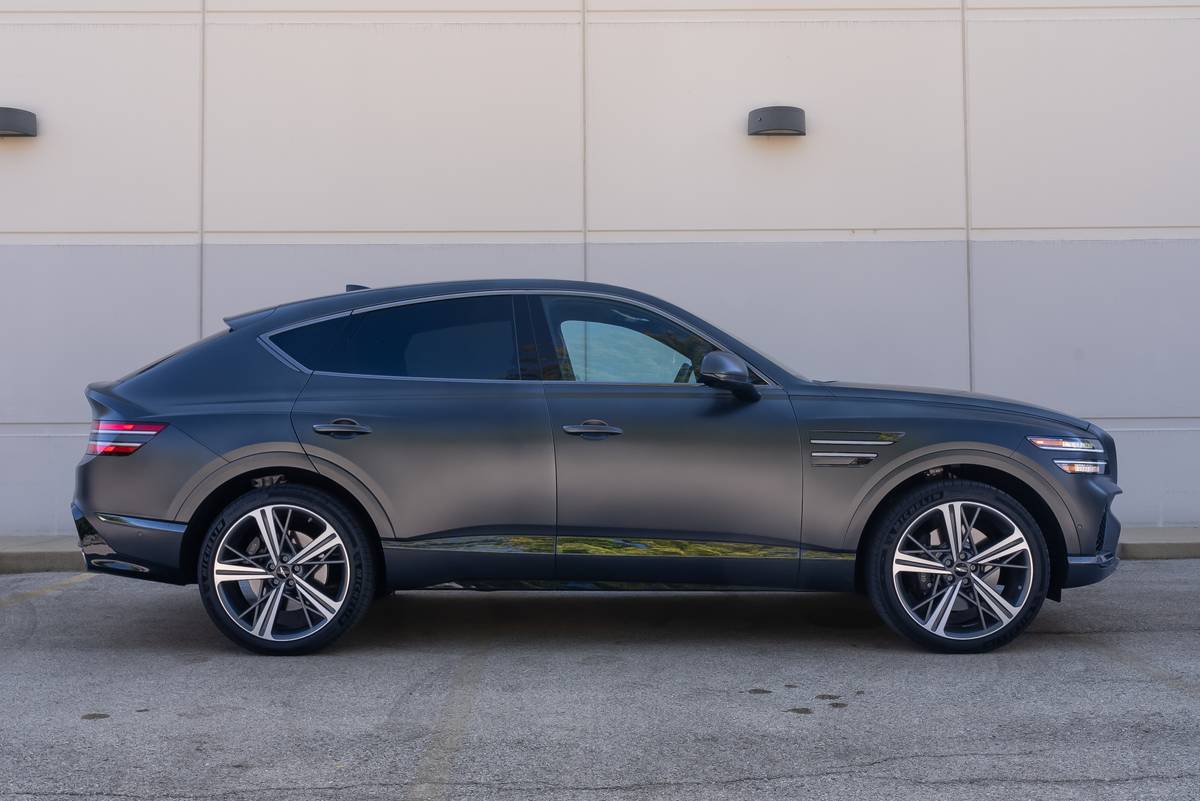washingtonpost.com's view
The outside temperature was 27 degrees Fahrenheit. The air on this clear, moonlit night looked ice blue. It was the tail end of the Christmas shopping season. The stores were open late.
I could feel Mary Anne’s anxiety.
“It works in the cold?” she said.
I assured her that the 2011 Nissan Leaf SL, arguably the first all-electric car that is a bona fide, reasonably affordable automobile, replete with nearly all the things American consumers have come to expect in and of automobiles, operated just fine in extreme temperatures, cold or hot.
“Heat,” Mary Anne ordered. My wife is fond of one-word commands, the result of decades of teaching elementary-school children.
I turned on the Leaf SL’s heater, adjusting the cabin temperature to 73 degrees. Immediately, the Leaf SL’s electronic range monitor, on the instrument panel directly behind the steering wheel, changed to indicate 65 miles of driving range, 12 miles less than a previously displayed distance of 77 miles.
Mary Anne’s nervousness increased. She suggested we turn back home, park the Leaf and take an available car with a traditional gasoline engine.
I insisted that we stay the course in the Leaf SL.
“What if we run out of power? How do we get back home?” she said.
“No problem,” I said. I regaled her with tales of my globe-trotting travels – how I could always find an electrical outlet somehow, somewhere to plug in and recharge the lithium-ion batteries of my laptop, iPod or camera and keep going.
The Leaf, available as the base SV and the upgraded SL driven for this column, is the first all-electric car with a lithium-ion battery pack, much like the battery packs in laptop computers. Lithium-ion batteries are lighter and hold more power than the comparably sized nickel-metal-hydride batteries used in most available electric vehicles and gas-electric hybrids.
I thought these factual nuggets would impress Mary Anne. They didn’t.
“You can always finish a column when you get to a hotel,” she said. “This is a car. It’s freezing out here. I want to get home . . . tonight!”
Therein resides the promise and problem of all-electric vehicles. They make perfect sense for the kind of driving 90 percent of us do every day – round trips to work, shopping centers, school, medical appointments and houses of worship. Many of those trips are 40 miles or less. Fully charged, the Leaf’s 48 lithium-ion battery modules, snugly located beneath the car’s floor boards, offer a 100-mile range.
Range, as indicated by the winter’s tale described herein, is affected by temperature, often negatively. The use of power-needy devices such as heaters and air conditioners has a similar effect.
But even in extreme temperatures and with power-consumption devices in use, most routine commuter round trips in a Leaf can be completed without worry.
Fully recharging the car’s battery modules using ordinary house current – 115 to 120 volts – would take 20 hours. That means most Leaf buyers will wind up spending $2,200 to install a rapid-charge home charging station designed for Nissan by AeroVironment of Monrovia, Calif., a technology company specializing in electric vehicle systems.
The AeroVironment charger reduces the Leaf’s charge time to three to eight hours, depending on the car’s state of charge at time of hookup. Sparsely available commercial “quick-charge” stations can reduce charge times to 30 minutes.
All that might seem an unwelcome hassle to the cheap-fuel-spoiled gas-and-go crowd. All-electric cars are not appealing to, nor are they ideal for, everybody.
The Leaf, for example, is not the car for a one-car family, unless that family has a daily round-trip commuting routine of about 60 miles, or less – to allay any hint of range anxiety.
But I really like this little car. So does Mary Anne, who warmed up to it considerably after safely returning from our late winter’s night shopping trip.
“So, hmm, looks like I could use this car to go to school every day without worrying about pumping gasoline,” she said.
An aside for the record: Mary Anne never pumps gasoline . . . or diesel. I do that – always, every time, regardless of season or weather, even when her premium-gasoline-fed Mini Cooper needs refueling.
Mary Anne was referring to peace of mind. Happily, the Leaf provides that for those of us worried about endangering our breathing and national security with unnecessary expenditures of gasoline. It’s not perfect. But it’s a darn good turn of the wheel in the right direction.
Latest news

10 Biggest News Stories of the Week: Jeep Wrangler Rides on Audi E-Tron GT, Chrysler Pacifica Hybrid


